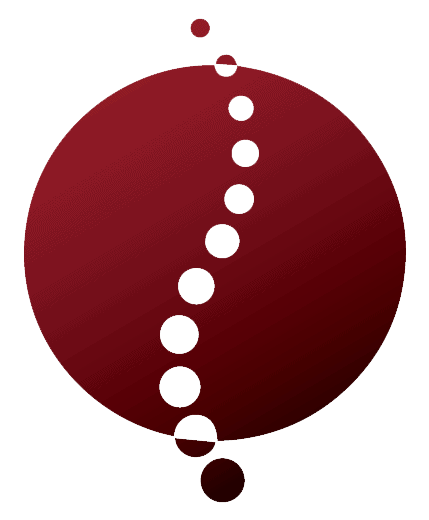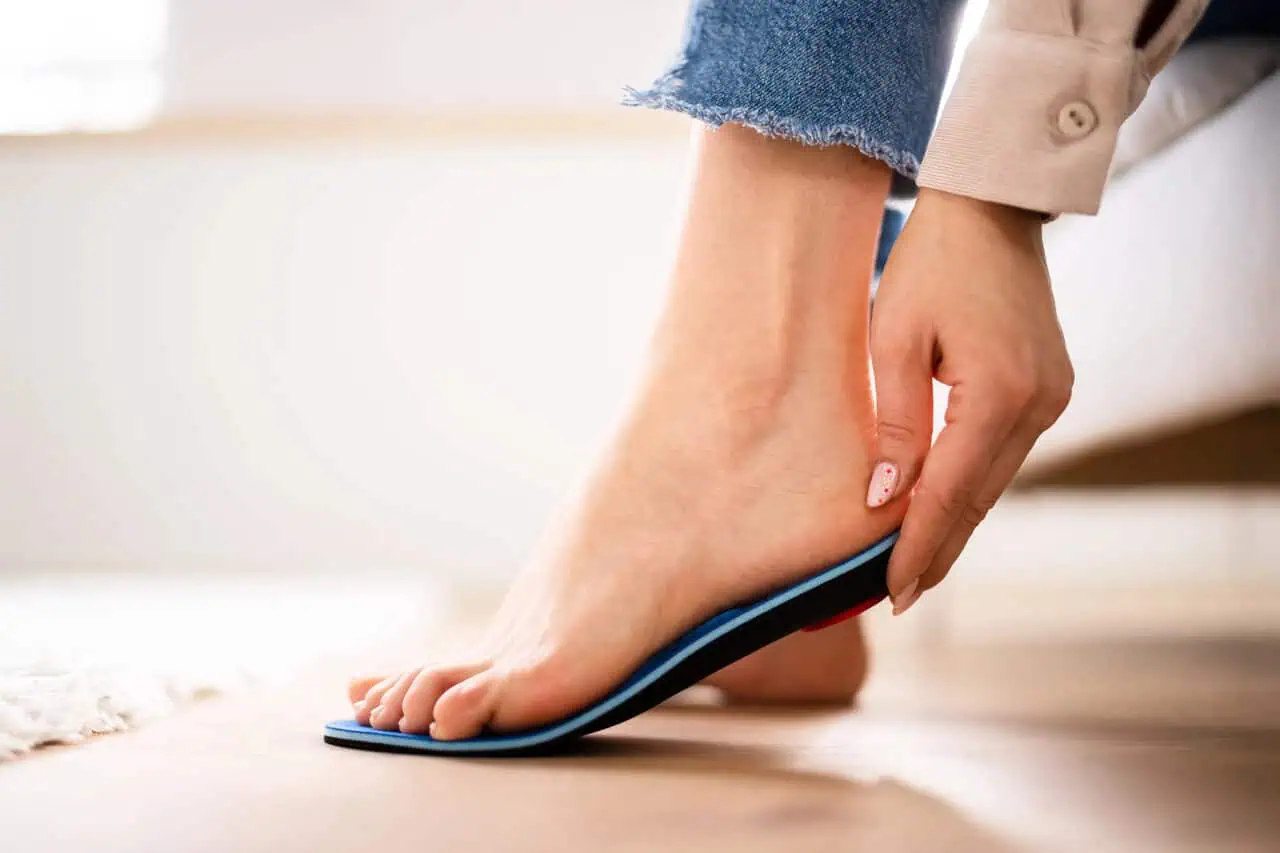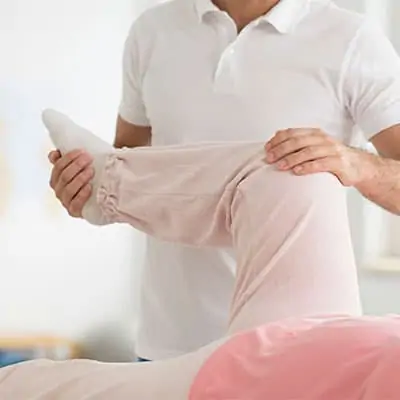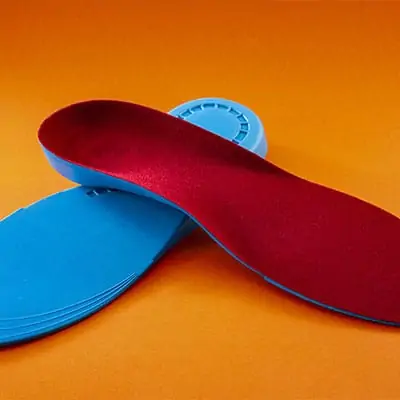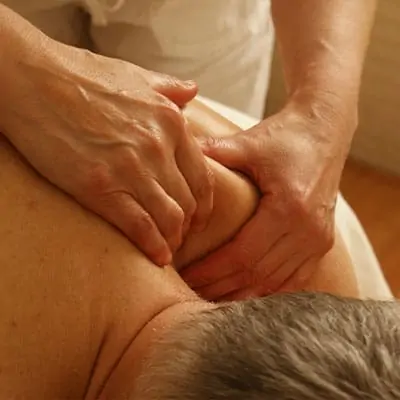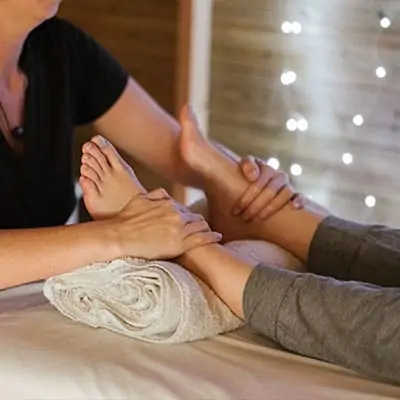Understanding Custom Orthotics
What are Custom Orthotics?
Custom orthotics are specially crafted shoe inserts designed to support the unique structure of our feet. Tailored specifically to accommodate our individual foot shape, these orthotics aim to enhance comfort, stabilize, and correct any foot-related issues that may arise from conditions like flat feet.
Unlike over-the-counter insoles, custom orthotics are created based on precise measurements and assessments taken from our feet. This personalization means they can provide targeted support for areas that need it most, effectively improving our overall foot function.
Benefits of Custom Orthotics for Flat Feet
Using custom orthotics can bring multiple advantages, particularly for those of us dealing with flat feet. Below, we outline several key benefits:
| Benefit | Description |
|---|---|
| Improved Alignment | Custom orthotics help in aligning the feet, ankles, and knees, which can reduce strain on these areas. |
| Enhanced Comfort | These orthotics are designed for our specific foot shape, offering greater cushioning and support throughout the day. |
| Pain Relief | Proper support can alleviate discomfort associated with flat feet, such as pain in the arches, heels, and lower back. |
| Improved Stability | Custom orthotics provide better balance and stability, helping to prevent falls and injuries. |
In addition to the immediate comfort and support provided, the use of custom orthotics may contribute to overall foot health. For those interested in how these devices specifically work, we encourage reading about how custom orthotics work.
For further insights on the broader advantages of using custom orthotics, you may refer to our article on benefits of custom orthotics. By investing in these personalized solutions, we can take a proactive step toward managing our flat feet effectively.
Evaluating Your Foot Condition
Assessing our foot condition is a crucial step in determining whether we need custom orthotics for flat feet. Understanding how to identify flat feet and the common issues associated with this condition can guide us in seeking appropriate solutions.
Identifying Flat Feet
Flat feet, or pes planus, occur when the arches of our feet are lowered or absent. To identify flat feet, we can perform a simple self-check:
-
Wet Foot Test: Wet our feet and step onto a dry surface, like a concrete floor. The footprint should reveal how much of the foot touches the ground. If most of the foot makes contact, we likely have flat feet.
-
Look for Arch Collapse: When standing, if our arch appears flat or barely visible, this is a sign of flat feet.
-
Observe Wear Patterns on Shoes: If we notice excessive wear on the inner side of our shoes, this may indicate that we have flat feet.
| Indicator | Description |
|---|---|
| Wet Foot Test | Most of the foot makes contact with the surface |
| Visible Arch Collapse | Little to no arch is visible when standing |
| Shoe Wear Patterns | Excessive wear on the inner sides of shoes |
Common Issues Associated with Flat Feet
Flat feet can lead to a variety of problems if left unaddressed. It is important for us to be aware of these common issues:
| Issue | Description |
|---|---|
| Pain in the Arch | Discomfort or soreness in the arch area |
| Knee Pain | Misalignment can cause strain on the knees |
| Ankle Pain | Increased risk of strain and injury in the ankles |
| Plantar Fasciitis | Inflammation of the plantar fascia |
| Shin Splints | Pain along the shin due to overuse |
| Lower Back Pain | Discomfort in the lower back from improper alignment |
We should recognize these issues and take proactive measures by considering custom orthotics. These devices are specifically designed to provide support and alleviate discomfort related to flat feet. Additional details on the advantages of custom orthotics can be found in our article on benefits of custom orthotics. If we are unsure whether we need custom orthotics, we can also explore the signs you need custom orthotics to determine the suitable course of action.
Customized Solutions for Flat Feet
How Custom Orthotics Help Correct Flat Feet
Custom orthotics play a vital role in addressing the challenges associated with flat feet. By providing personalized support, they help to redistribute pressure across the foot, improving alignment and overall foot function. When designed specifically for flat feet, these orthotics can enhance comfort, stability, and mobility.
The primary functions of custom orthotics for flat feet include:
| Function | Description |
|---|---|
| Arch Support | Provides support to the arch, helping to maintain its structure and reduce strain on the ankle and knee. |
| Cushioning | Absorbs shock and alleviates pressure on sensitive areas of the foot. |
| Improved Alignment | Encourages proper alignment of the foot and ankle, which can help reduce pain in other areas like the knees and back. |
| Enhanced Stability | Offers additional stability during movement, which is crucial for preventing injuries. |
For more insights, check our article on the benefits of custom orthotics.
The Process of Getting Custom Orthotics
Obtaining custom orthotics is a systematic process that begins with an evaluation of our foot condition. Here’s what we can expect during this journey:
-
Initial Consultation: We will meet with a healthcare professional, such as a podiatrist, who will discuss our symptoms and concerns related to flat feet.
-
Foot Assessment: A detailed assessment, including a physical examination of our feet and gait analysis, will help determine the specific needs for orthotic support. This may involve imaging techniques or pressure mapping.
-
Casting or Scanning: We will have our feet casted or scanned to create a precise model. This ensures that the orthotics will be tailored to fit our unique foot shape, addressing any specific problems we may have.
-
Design and Fabrication: Based on the captured foot shape and the results of our assessment, the custom orthotics will be designed. These designs are crafted using advanced materials suitable for providing effective support and comfort.
-
Fitting Appointment: Once the orthotics are ready, we will have a fitting appointment to ensure they fit properly and feel comfortable. Adjustments can be made if necessary to enhance the fit and effectiveness.
-
Follow-Up Care: It’s essential for us to attend follow-up appointments to assess the performance of the orthotics and make any required adjustments. This ongoing care is crucial for maximizing the benefits of custom orthotics.
For an understanding of how custom orthotics function, take a look at our article on how custom orthotics work. We’re committed to finding optimal solutions for managing flat feet, enhancing our overall comfort and mobility.
Different Types of Custom Orthotics
When it comes to addressing the needs of individuals with flat feet, we need to understand the different types of custom orthotics available. Each type is tailored to provide specific support and comfort based on individual conditions and activities. Here, we explore the three primary types: semi-rigid, soft, and rigid orthotics.
Semi-Rigid Orthotics
Semi-rigid orthotics are designed to provide a balance of support and flexibility. They are commonly recommended for people who require moderate support during physical activities and everyday walking.
| Feature | Description |
|---|---|
| Material | Combination of plastic and foam |
| Support Level | Moderate |
| Best For | Athletic activities, walking |
| Customization Options | Molded to foot shape |
These orthotics help with arch support and stability, making them suitable for various activities. They can alleviate pain associated with conditions such as custom orthotics for plantar fasciitis and custom orthotics for knee pain.
Soft Orthotics
Soft orthotics are crafted from flexible materials that provide cushioning and comfort. They are ideal for individuals who experience pain or discomfort in their feet but still require some level of support.
| Feature | Description |
|---|---|
| Material | Foam or gel |
| Support Level | Minimal to moderate |
| Best For | Everyday wear, sensitive feet |
| Customization Options | Designed for pressure relief |
These orthotics are particularly beneficial for those with conditions like custom orthotics for heel spurs or custom orthotics for achilles tendonitis.
Rigid Orthotics
Rigid orthotics, as the name suggests, are characterized by their firm structure. Made from hard materials, they provide maximum support and correction for flat feet.
| Feature | Description |
|---|---|
| Material | Plastic or composite |
| Support Level | High |
| Best For | Severe flat feet, specific foot issues |
| Customization Options | Precision fit for serious support |
These orthotics are often recommended for people who have severe foot problems or require significant support to alleviate pain associated with conditions like custom orthotics for lower back pain and custom orthotics for bunions.
In selecting the appropriate type of custom orthotics for flat feet, we must consider individual needs and the specific conditions experienced. Understanding these differences aids in making informed choices and optimizing foot health. For details on how custom orthotics function, visit our article on how custom orthotics work.
Tips for Using Custom Orthotics
Integrating custom orthotics into our daily routine can significantly enhance comfort and support for flat feet. Here, we provide some essential tips for using custom orthotics effectively.
Breaking Them In
When we first receive our custom orthotics, it is crucial to allow our feet to adjust gradually. Sudden or prolonged use can lead to discomfort or irritation. Here is a recommended break-in schedule:
| Day | Duration (Hours) |
|---|---|
| 1 | 1 – 2 |
| 2 | 2 – 3 |
| 3 | 3 – 4 |
| 4 | 4 – 5 |
| 5 | 5 – 6 |
| 6+ | Full Days |
Starting slowly helps our feet adapt to the new support. If we experience any significant discomfort, it is advisable to reduce the duration and gradually increase it over time. For more information on the various ways custom orthotics can benefit us, check out our article on the benefits of custom orthotics.
Maintaining and Cleaning Orthotics
Proper maintenance and cleaning extend the lifespan of our orthotics and ensure they remain effective. Here are some straightforward guidelines:
- Daily Maintenance: Inspect orthotics regularly for any signs of wear or damage. If we notice significant alterations, it’s essential to consult with a specialist.
- Cleaning: Clean our orthotics every few weeks. Use mild soap and warm water to wipe them down. Avoid soaking them in water or using harsh chemicals, as these could damage the materials.
- Drying: Allow our orthotics to air dry completely before wearing them again. Placing them in direct sunlight or near a heat source can warp the material.
- Storage: When not in use, store orthotics in a cool, dry place to maintain their shape and functionality.
By following these simple care tips, we can help ensure our custom orthotics continue to provide the necessary support for flat feet. If we are considering other options for foot support, exploring the differences between custom orthotics vs insoles might be beneficial.
Seeking Professional Guidance
To ensure that we achieve the best results with our custom orthotics for flat feet, consulting with a qualified podiatrist or orthopedic specialist is crucial. Their expertise can provide us with the insights and recommendations needed for optimal foot health.
Consulting with a Podiatrist or Orthopedic Specialist
When we decide to get custom orthotics, the first step is to schedule an appointment with a podiatrist or an orthopedic specialist. During our consultation, the specialist will evaluate our foot condition and take detailed measurements of our feet. They may also conduct physical examinations to identify specific areas of discomfort or imbalance.
Key aspects we should expect during the consultation include:
| Evaluation Component | Description |
|---|---|
| Foot Examination | A thorough inspection of the feet to assess alignment, arch shape, and any deformities. |
| Gait Analysis | Observation of our walking patterns to identify any anomalies that may affect our feet. |
| Medical History Review | Discussion of our medical history, including previous foot injuries or conditions. |
This information helps the specialist recommend the most suitable custom orthotics for our specific needs. For those interested in understanding the advantages of custom orthotics, we can learn more in our article on benefits of custom orthotics.
Following Up for Adjustments and Feedback
After receiving our custom orthotics, follow-up appointments are essential to monitor how well the orthotics fit and function. As we wear them, we may encounter discomfort or notice that adjustments are needed. Regular communication with our podiatrist ensures that any necessary modifications can be made effectively.
During follow-up visits, we should discuss:
| Follow-Up Component | Importance |
|---|---|
| Comfort Level | Sharing any discomfort or pain experienced while using the orthotics. |
| Effectiveness | Evaluating how the orthotics are improving our foot stability and reducing pain. |
| Adjustments Needed | Making any necessary modifications based on feedback and results. |
Certain conditions may benefit from continuous monitoring. For example, if we are using custom orthotics for conditions like plantar fasciitis, knee pain, or heel spurs, ongoing assessments are vital. We can explore various related conditions and their specific orthotic needs in our dedicated articles, such as custom orthotics for plantar fasciitis and custom orthotics for knee pain.
By staying in close contact with our healthcare provider, we can ensure that our custom orthotics effectively support our foot health and improve our overall quality of life.
